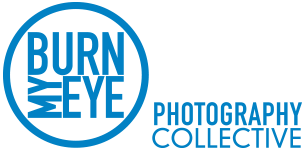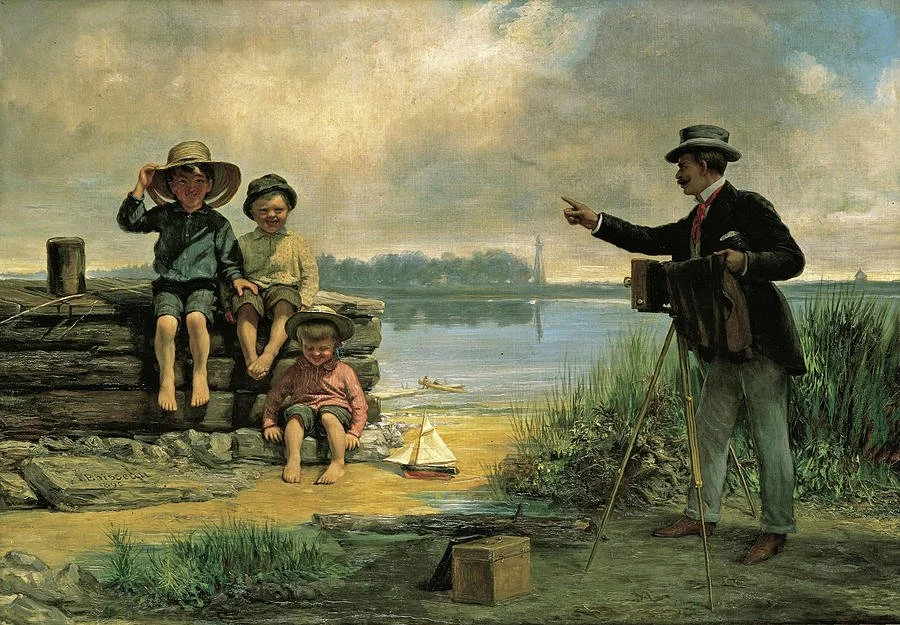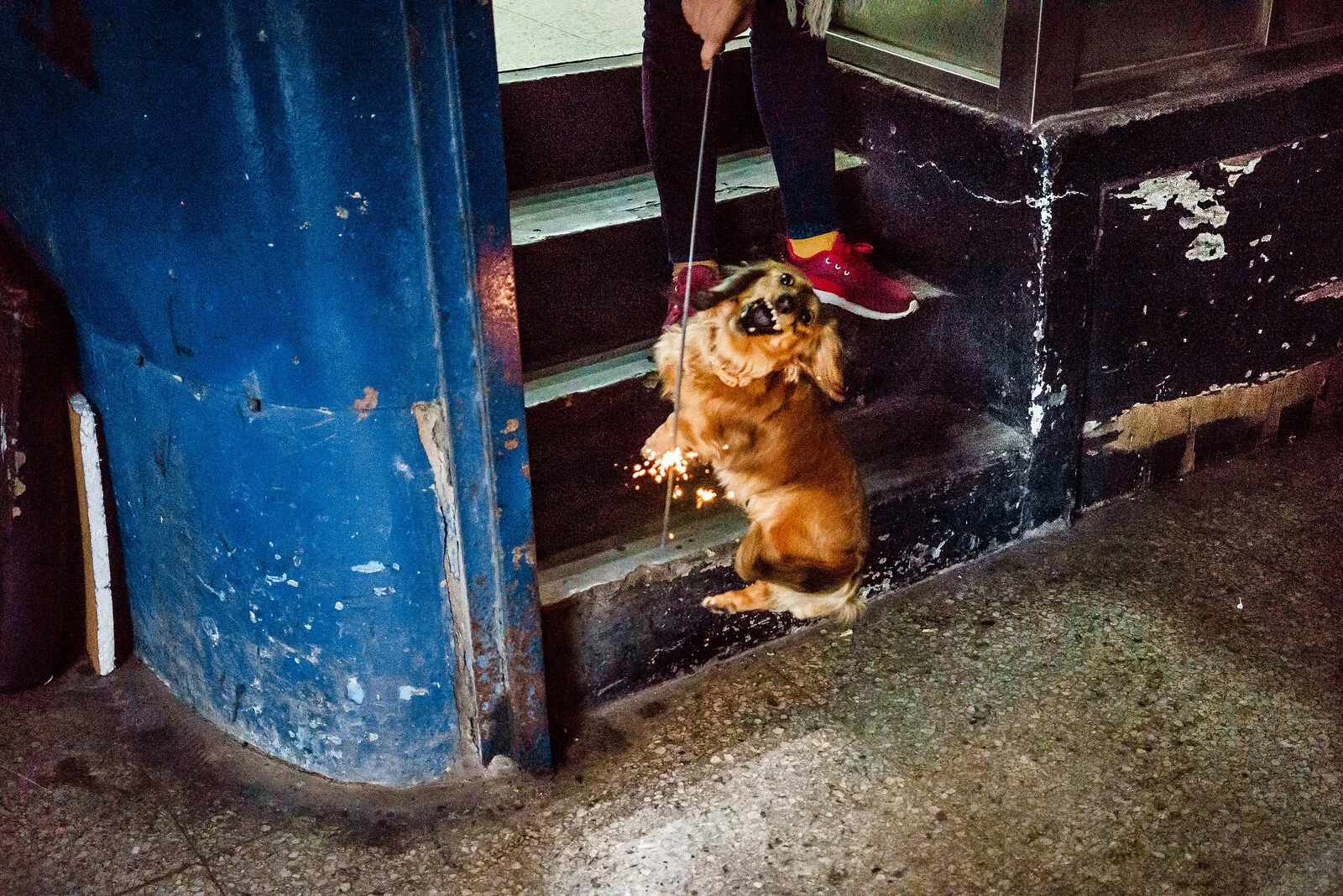Who are you?
My name is Ray Potes. I like to shoot photos and edit a magazine I founded called "Hamburger Eyes".
What was the trigger, or inspiration, that led to your taking up photography?
The science mixed with the creativity. The first time I saw a print develop in the darkroom was what hooked me.
What do you hope to communicate or describe with your work?
That while we are all different, we are still the same.
Has your relationship with photography changed over time, and if so how?
Yes, I am less worried if a photo is "good" or "bad" or if I will have a career or not.
Select five of your photos and talk about how they came to be and how they reflect your working methods.
Photo 1 - Woman on 16th street. Most people I approach don't mind getting their photo taken. She said her name was, "So Much".
Photo 2 - Spiderman talking to young lady. Always fun to follow around someone in a costume.
Photo 3 - Squirrel. My neighborhood has squirrels everywhere. They run things.
Photo 4 - Hollywood Blvd. This is the vibe of that whole street.
Photo 5 - HR Giger alien made of masking tape. I love the movies.
Whats next for you and Hamburger Eyes?
More of the same.
Where is The Continuing Story of Life on Earth headed?
Not sure, but we gotta stay shooting it.
What are some books and zines that changed the game for you?
All of them. I really appreciate the effort that people put in to making something.
Where can we see more from you?
Give whoever is reading this, some unfiltered advice. I enjoy your writing on hamburgereyes.com and appreciate the shot in the arm you give.
Normally, my advice is to just keep shooting. You're most likely not shooting enough. But now that I'm older, I would like to change it to "producing". Like keep producing more and more work. I'm talking about prints, books, zines, posters, websites, blogs, etc. It takes a while find the correct rhythm for yourself and you won't get it over night. Keep experimenting. I'm still trying to figure it out and I've been experimenting for decades. LOL.





